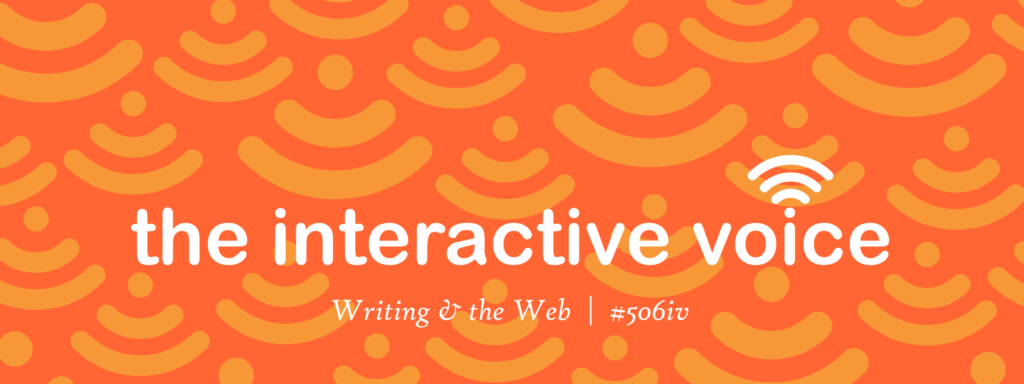Jen Ryan
Jen was a published author on financial topics by day. Superior to the course in many ways, I had one thought as her assignments progressed. There are financial blogs everywhere these days. What is special about yours?
She quickly got more specific, focusing on the lack of personal finance education in the country. It was the height of the recession. Here was a pertinent problem that needed a good algorithm. Here was a reason to go all the way to Capitol Hill. She studied infographics and other forms of interactive media teaching finance in simple ways. Then she focused her audience further on high school students. Instead of a ho-hum financial blog, she started talking video games.
This class is an arc from what matters to the student toward applicable ideas and action. Are there people already focusing on financial video games? Probably. Does that mean Jen should not give it a try? Hardly. Zuckerberg did not create the first social network, he created the best design. Does Jen have to move forward with this idea? Not at all. But this is what it takes to publish a national op-ed, successful blog, bestselling book, or raise money for a documentary or startup. This is what it takes to reach an audience, whether you are doing it for you, a client, or as part of a team or company. To communicate, you need passionate focus and freshness.
Video games versus the financial crisis: now there is a draft.
